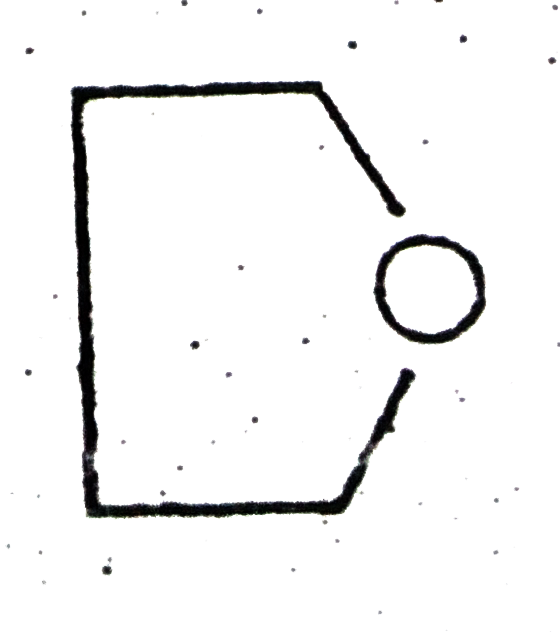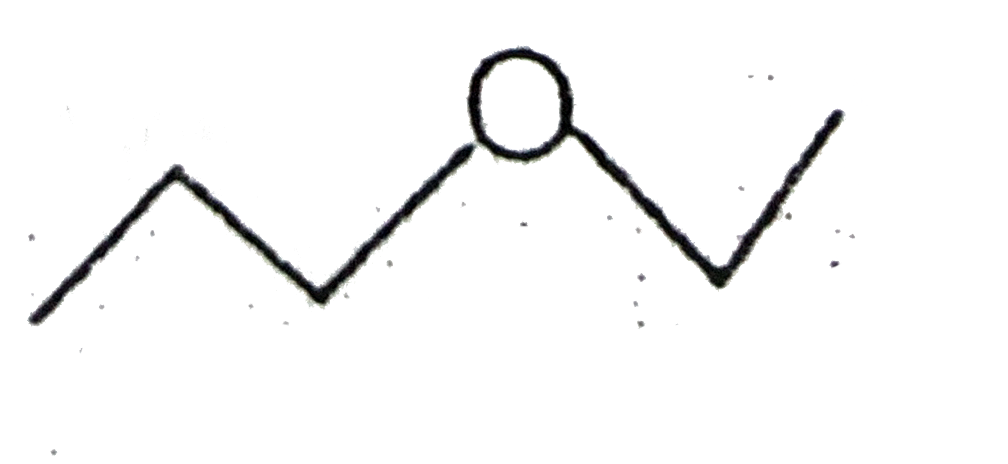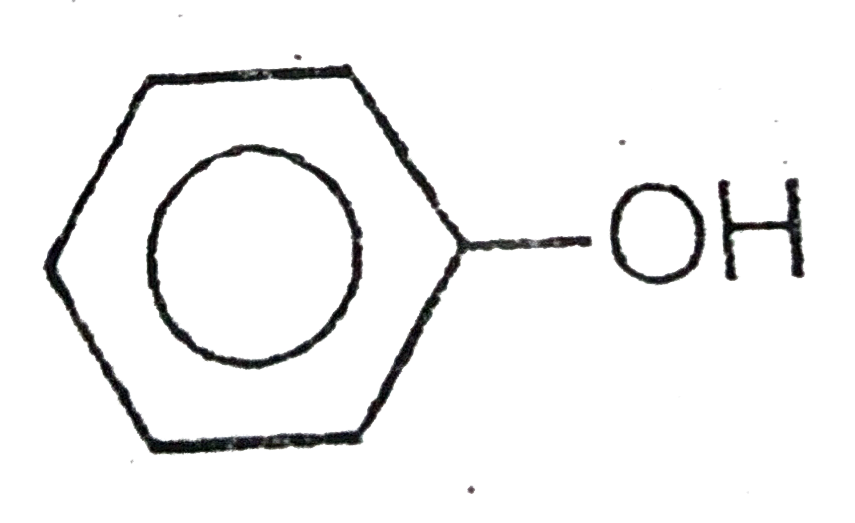Which one of the following is best lewis base ?




The correct Answer is:A
To determine which of the given options is the best Lewis base, we need to analyze the electron-donating ability of each compound. A Lewis base is defined as a species that can donate an electron pair to form a covalent bond.
1. Identify the Compounds:
- We need to identify the compounds given in the options. For this example, let's assume we have three compounds:
- Ammonia (NH₃)
- An alcohol (R-OH)
- A cyclic ether (like tetrahydrofuran, THF)
2. Understand the Concept of Lewis Bases:
- Lewis bases are electron-rich species that can donate a pair of electrons. The presence of lone pairs of electrons on the atom is crucial for this property.
3. Analyze the Electron Pair Availability:
- Ammonia (NH₃) has a lone pair of electrons on the nitrogen atom, making it a good Lewis base.
- Alcohols (R-OH) have a lone pair on the oxygen atom, but the presence of the hydroxyl group can sometimes hinder the donation of the lone pair due to hydrogen bonding.
- Cyclic ethers (like THF) also have lone pairs on the oxygen atom, but their cyclic structure can affect the availability of the lone pair for donation.
4. Compare the Compounds:
- Compare the electron-donating ability of NH₃, R-OH, and the cyclic ether.
- NH₃ is a strong Lewis base due to the availability of the lone pair on nitrogen.
- The cyclic ether, while it has a lone pair, is constrained in its ability to donate electrons due to its ring structure.
- Alcohols can also donate electrons, but the presence of the hydroxyl group can reduce their basicity compared to NH₃.
5. Determine the Best Lewis Base:
- Based on the analysis, NH₃ is the best Lewis base among the options because it has a highly available lone pair that can easily be donated.
Conclusion:
The best Lewis base among the given options is Ammonia (NH₃).
- We need to identify the compounds given in the options. For this example, let's assume we have three compounds:
- Ammonia (NH₃)
- An alcohol (R-OH)
- A cyclic ether (like tetrahydrofuran, THF)
- Lewis bases are electron-rich species that can donate a pair of electrons. The presence of lone pairs of electrons on the atom is crucial for this property.
- Ammonia (NH₃) has a lone pair of electrons on the nitrogen atom, making it a good Lewis base.
- Alcohols (R-OH) have a lone pair on the oxygen atom, but the presence of the hydroxyl group can sometimes hinder the donation of the lone pair due to hydrogen bonding.
- Cyclic ethers (like THF) also have lone pairs on the oxygen atom, but their cyclic structure can affect the availability of the lone pair for donation.
- Compare the electron-donating ability of NH₃, R-OH, and the cyclic ether.
- NH₃ is a strong Lewis base due to the availability of the lone pair on nitrogen.
- The cyclic ether, while it has a lone pair, is constrained in its ability to donate electrons due to its ring structure.
- Alcohols can also donate electrons, but the presence of the hydroxyl group can reduce their basicity compared to NH₃.
- Based on the analysis, NH₃ is the best Lewis base among the options because it has a highly available lone pair that can easily be donated.
The best Lewis base among the given options is Ammonia (NH₃).
Similar Questions
Knowledge Check
Which one of the following dyes is best suited for staining chromosomes?
ABasic FuchsinBFast GreenCSafraninDCarmine
Which of the following is not a Lewis acid ?
View SolutionWhich one of the following is the strongest base in aqueous solution ?
View SolutionWhich of the following is not a Lewis base?
View SolutionWhich of the following is a Lewis base?
View SolutionWhich of the following is not a Lewis acid?
View SolutionWhich of the following is strong Lewis base?
View SolutionWhich of the following is strong Lewis acid?
View Solution
